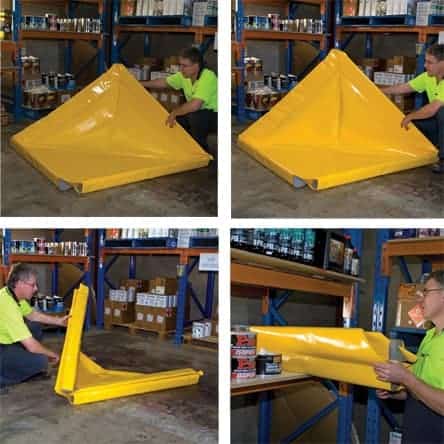The Evolution of Spill Response Training in Australia

Proper spill response training has evolved over time, through experience, and an appreciation for the risks of spills. Our current methods did not come about overnight, however – they required some considerable trial-and-error, much of which occurred throughout the course of the 20th century. Prior to this, methods of marine spill remediation were considerably more primitive – and in some cases, non-existent.
The Petriana was among the largest oil tankers in the world when it was built. It was capable of carrying an oily payload of 1300 tons, more than almost any other ship on earth. However, as has been repeatedly illustrated, size is not indicative of infallibility. This was proven when she ran firmly aground on Portsea Back Beach, on a foggy afternoon in 1903, just shy of her goal of Melbourne.
The sand was holding her fast, and with a flooded engine room and stokehold, she was without power. A pair of local tugs attempted to pull her off the beach, without success. It was then decided that the only option was to lighten the ship. The valves were opened. And 1300 tons of sweet light crude, naptha, and benzene joined the foaming waters off Portsea.
Today, a spill of this magnitude, fouling a famous beach, would be national news. But in 1903, before the full environmental impact of these substances had become known, the event was not taken to be altogether serious. Local papers described it as a colourful sheen, stretching for miles in either direction. Little notice was taken of the damage being wrought upon local species of fish and bird life.
All was for naught, as it turns out – the once-sturdy Petriana was damaged beyond repair by the pounding of the surf, and could not be salvaged. Occasionally, a piece of her is turned up in the sand off Portsea Back Beach, a relic of a time when spill response training, and marine spill remediation, was considerably less developed in the lucky land.
